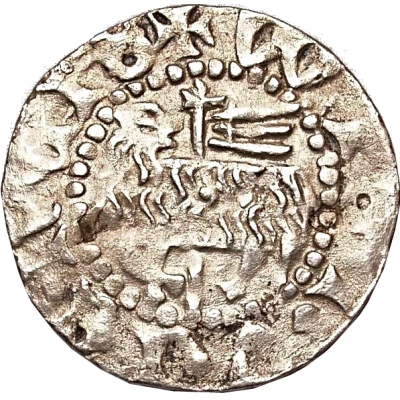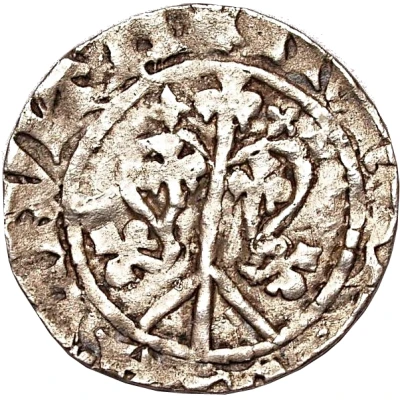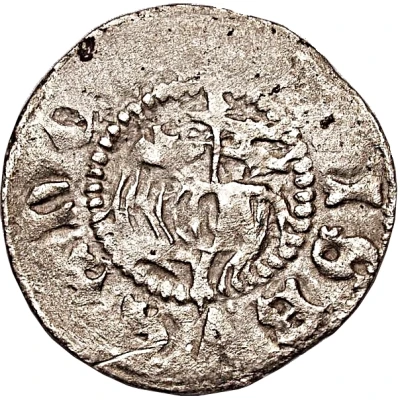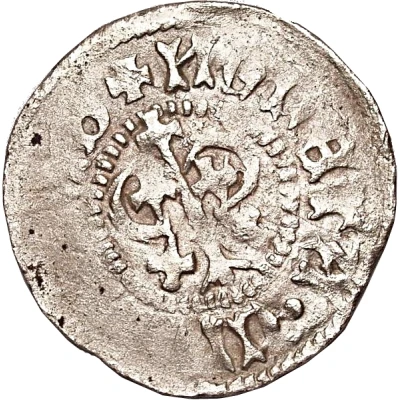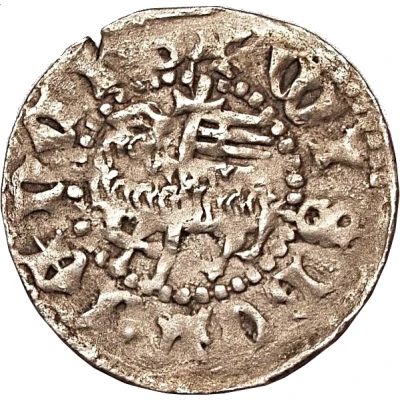
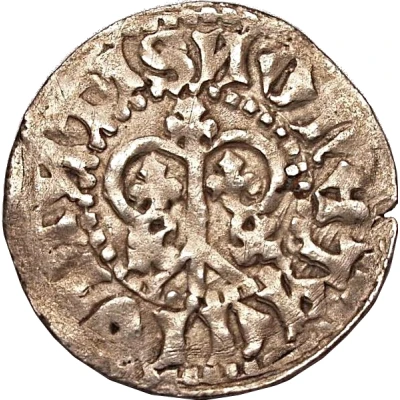

© Haljak Coin Auction
1 Örtug Visby; type 44b; regular roots ND
| Silver | 1.21 g | - |
| Issuer | Gotland (Sweden) |
|---|---|
| Type | Standard circulation coin |
| Years | 1412-1420 |
| Value | 1 Örtug |
| Currency | Örtug (1280-1448) |
| Composition | Silver |
| Weight | 1.21 g |
| Shape | Round (irregular) |
| Technique | Hammered |
| Orientation | Variable alignment ↺ |
| Demonetized | Yes |
| Updated | 2024-10-07 |
| Numista | N#149725 |
|---|---|
| Rarity index | 100% |
Reverse
Tree with the top leaves pointing up, the bottom leaves pointing down and out, and ending in three roots, all surrounded by legend.
Script: Latin (uncial)
Lettering: MONETA · CIVITATIS
Lettering (regular font): MONETA · CIVITATIS
Translation: Coinage of the city-
Edge
Plain
Comment
Because Gotland was under Danish occupation during the early 1400s, Haljak only lists 43 types, calling these hvids. Even so, it is possible Gotland continued with their old minting ways, which is supported by most other sources. Due to that reason, and due to these suposive hvids having no major changes (like the coins that all sources agree are hvids), these coins will be listed as the 44th type of örtug.Determining which type of Gotlandic örtug a specific piece is can be difficult due to how subtle some differences are. For some help with identification, try using .
Interesting fact
One interesting fact about this coin is that it was minted during a time of great change in Sweden. The coin was minted during the reign of King Eric of Pomerania, who ruled Sweden from 1396 to 1439. During his reign, Sweden was in the process of transitioning from a medieval society to a modern state, and the coinage of the time reflects this change. The 1 Örtug coin, with its silver content and regular roots design, was likely used in everyday transactions and would have been a common sight in the markets and towns of Gotland during this period.
